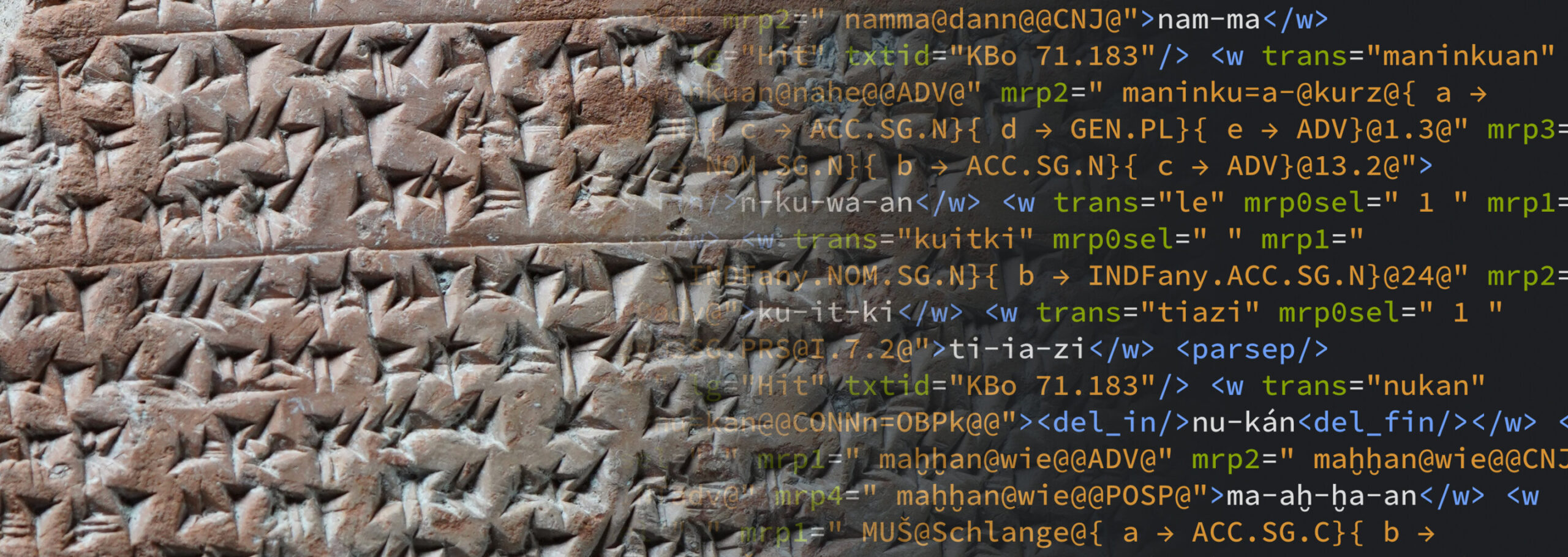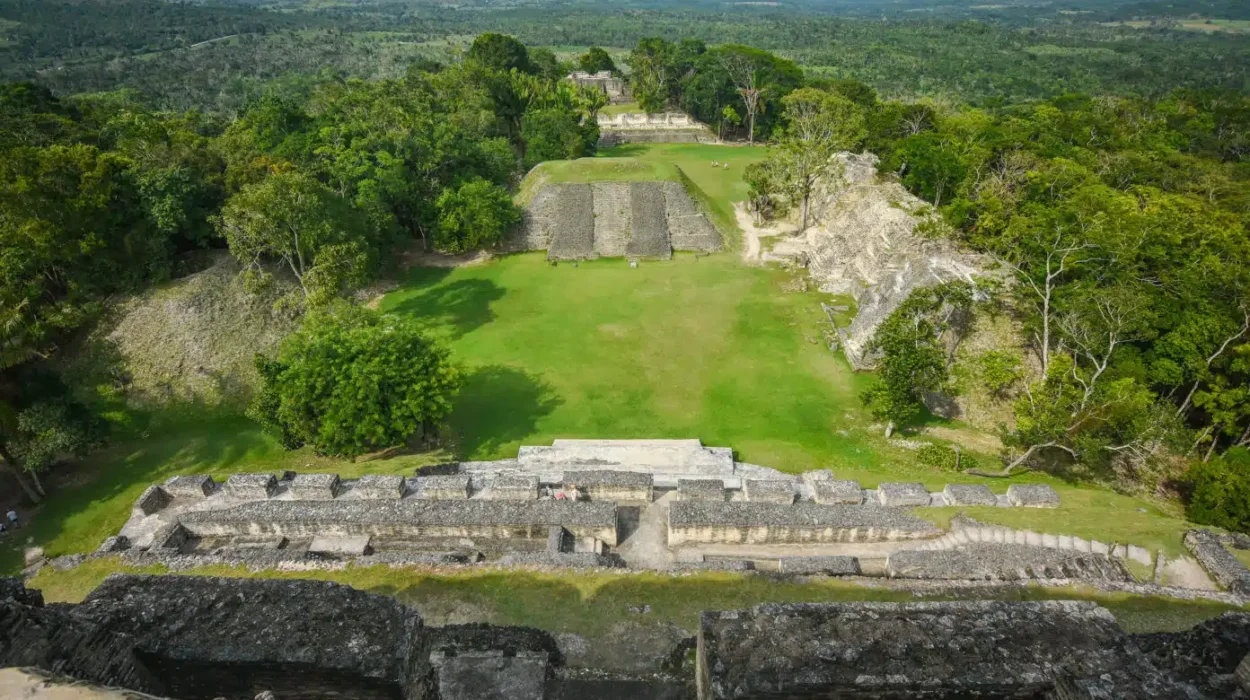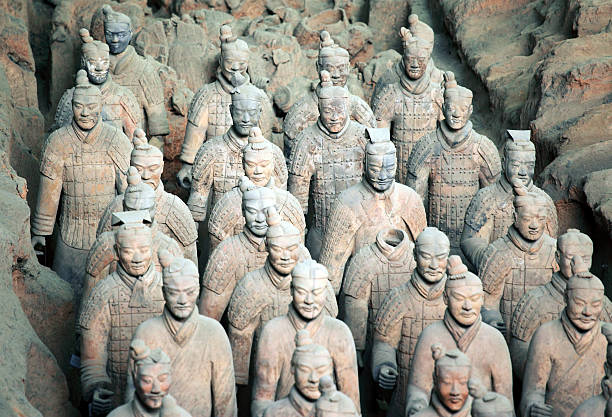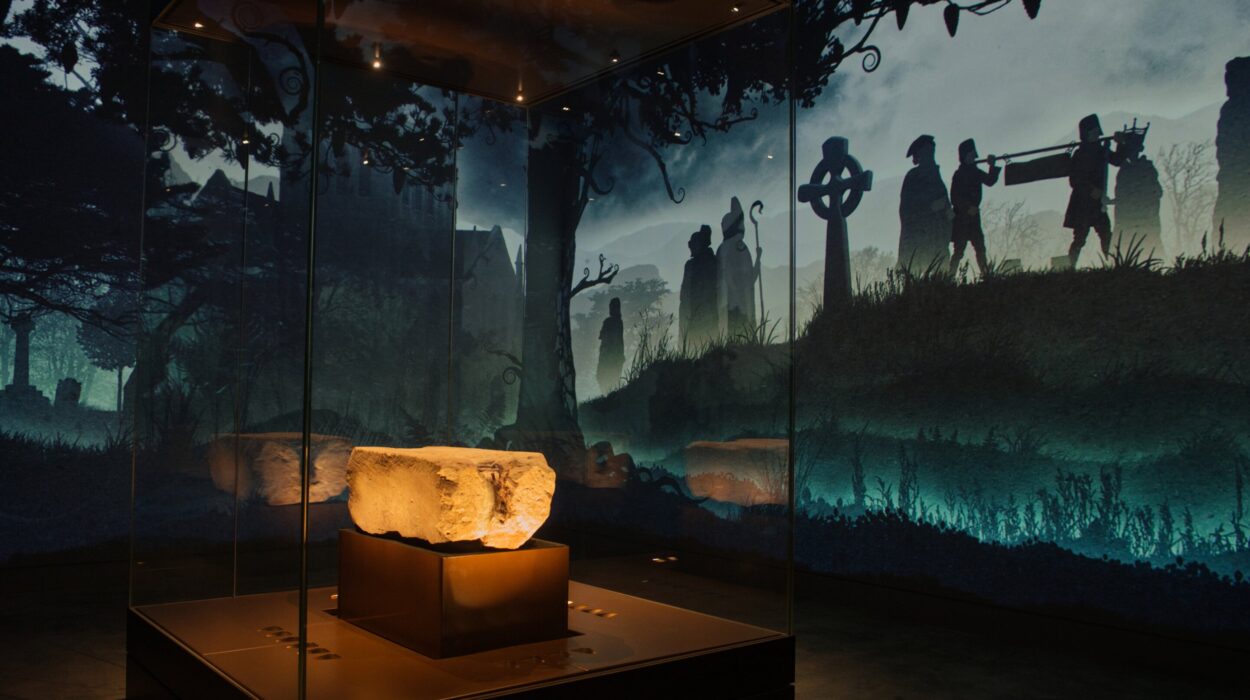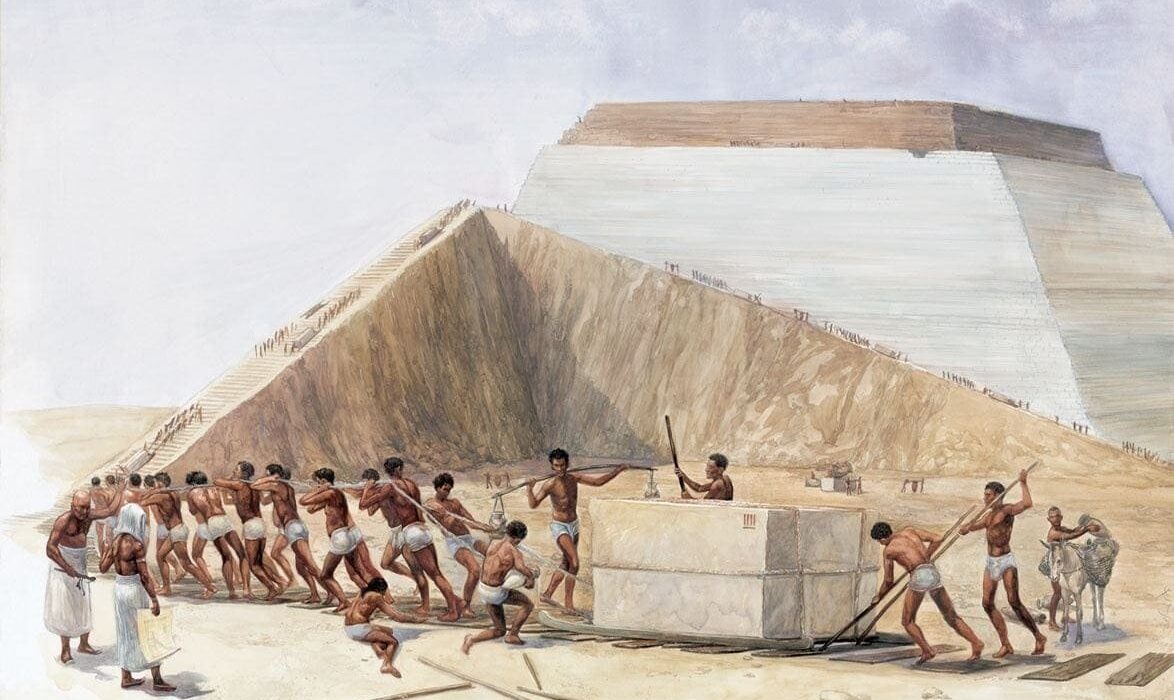Nestled in the rugged landscapes of north-central Turkey, Boğazköy-Hattuša is a site of profound historical significance. Once the capital of the Hittite Empire, it flourished between 1650 and 1200 BC, playing a central role in the geopolitics of the Late Bronze Age. This UNESCO World Heritage Site is more than just an archaeological wonder—it is a treasure trove of ancient knowledge. The discovery of thousands of cuneiform tablets at Boğazköy and other Hittite sites has provided scholars with one of the richest collections of written sources from the ancient Near East.
These tablets, written primarily in Hittite—the earliest known Indo-European language—offer insights into everything from mythology and diplomacy to law and daily life. Other languages such as Akkadian, Sumerian, Hurrian, and various Anatolian dialects also appear in these texts, underscoring the Hittites’ role as intermediaries in a multicultural world. For decades, studying these inscriptions required painstaking manual work, but a new era has dawned with the arrival of digital tools that have revolutionized Hittite research.
A Digital Revolution in Hittite Studies: The Thesaurus Linguarum Hethaeorum Digitalis
One of the most significant advancements in Hittitology in recent years is the launch of the Thesaurus Linguarum Hethaeorum Digitalis (TLHdig), an innovative online tool that offers researchers unprecedented access to Hittite texts. First introduced in 2023 as TLHdig 0.1, this digital resource has become indispensable to scholars and students alike. Housed within the Hethitologie-Portal Mainz (HPM), TLHdig has rapidly gained traction, with over 100,000 monthly accesses—a testament to its utility and growing influence in the field.
This pioneering tool allows users to browse and search Hittite texts in both transliteration and cuneiform, enabling a level of accessibility and analysis never before possible. Scholars can perform complex searches, cross-reference sources, and analyze linguistic structures with greater efficiency, accelerating the pace of research. The tool represents not just a digitization of ancient texts, but a reimagining of how scholars interact with these sources.
Expanding Horizons: TLHdig 0.2 and Beyond
Since its initial release, TLHdig has undergone significant expansion. The latest version, TLHdig 0.2, now covers an astonishing 98% of all published Hittite sources—a corpus of approximately 22,000 XML text documents. Many of these texts are composed of multiple rejoined fragments, and together they amount to nearly 400,000 transliterated lines.
This remarkable expansion means that TLHdig now provides one of the most comprehensive digital corpora of Hittite texts available anywhere in the world. But the project is far from complete. The next milestone, TLHdig 1.0, is expected to be released in late 2025. Once launched, it will offer complete coverage of all published Hittite texts, making it an all-encompassing reference for scholars in the field.
Beyond its sheer volume, TLHdig 0.2 introduces new functionalities that make it even more powerful. Advanced filtering options now allow researchers to conduct highly specific linguistic and thematic searches, paving the way for more nuanced analyses of the Hittite language and culture. Additionally, TLHdig is now fully integrated with the broader digital infrastructure of the Hethitologie-Portal Mainz, linking it to digital cataloging systems, multimedia databases, and scholarly text editions.
A Collaborative Platform for the Future
One of TLHdig’s most exciting innovations is its community-driven approach. Unlike traditional text corpora, which are static collections of transcriptions and translations, TLHdig is designed to be continuously updated and expanded. Scholars from around the world can contribute directly to the database through an online submission pipeline, ensuring that the corpus remains as current as possible.
This submission system is simple yet powerful. Researchers can copy and paste their transliterations into the creator interface, following a streamlined process to finalize their submissions. To assist contributors, TLHdig provides a Step-by-Step Manual, guiding them through each stage of the process. This approach democratizes access to text publication, allowing scholars at all career stages to share their findings and contribute to the broader academic community.
By embracing a dynamic, collaborative model, TLHdig is not only preserving ancient knowledge but also shaping the future of Hittite studies. As more scholars contribute, the corpus will continue to grow—both in quantity and in quality—enhancing its value as a research tool.
The Role of Artificial Intelligence in Hittite Studies
As TLHdig evolves, it is increasingly incorporating cutting-edge technologies to further its mission. One of the most promising areas of development is the integration of Artificial Intelligence (AI) and machine learning into Hittite text analysis. These technologies have the potential to automate text reconstruction, identify linguistic patterns, and even translate previously undeciphered fragments.
For instance, AI-driven tools could assist in the reassembly of fragmented tablets by identifying matching segments based on script style, linguistic structure, or contextual clues. Similarly, machine learning algorithms could help refine transliterations, reducing human error and providing more accurate interpretations of the texts.
The combination of digital accessibility, AI-driven analysis, and global scholarly collaboration means that TLHdig is not just a repository of ancient texts—it is an evolving platform that is reshaping the field of Hittitology itself.
Preserving the Legacy of the Hittite Empire
The significance of the Hittite Empire extends far beyond its military conquests and diplomatic achievements. The Hittites were pioneers in legal codification, religious syncretism, and international diplomacy, as seen in their treaties with the Egyptian Pharaoh Ramses II. The Treaty of Kadesh, one of the earliest known peace agreements in history, was crafted by Hittite scribes and has been preserved in both Hittite and Egyptian versions.
By making their texts widely accessible through TLHdig, modern scholars are ensuring that the Hittites’ legacy remains alive and relevant. These ancient voices, once buried beneath layers of earth and time, are now being heard in the digital age.
Conclusion: A New Era for Ancient Texts
The Thesaurus Linguarum Hethaeorum Digitalis is more than just a tool; it is a gateway to the past and a bridge to the future. By bringing together scholars, students, and cutting-edge technology, TLHdig is revolutionizing the study of the Hittite language and culture. What was once a slow and painstaking process—deciphering inscriptions by hand, comparing fragments in isolated collections—is now a collaborative, digital endeavor that spans the globe.
As TLHdig continues to grow, it will not only enhance our understanding of the Hittites but also set a precedent for the digital preservation and study of ancient texts worldwide. The past is no longer locked in stone tablets; it is now at our fingertips, ready to be explored, analyzed, and appreciated like never before.
